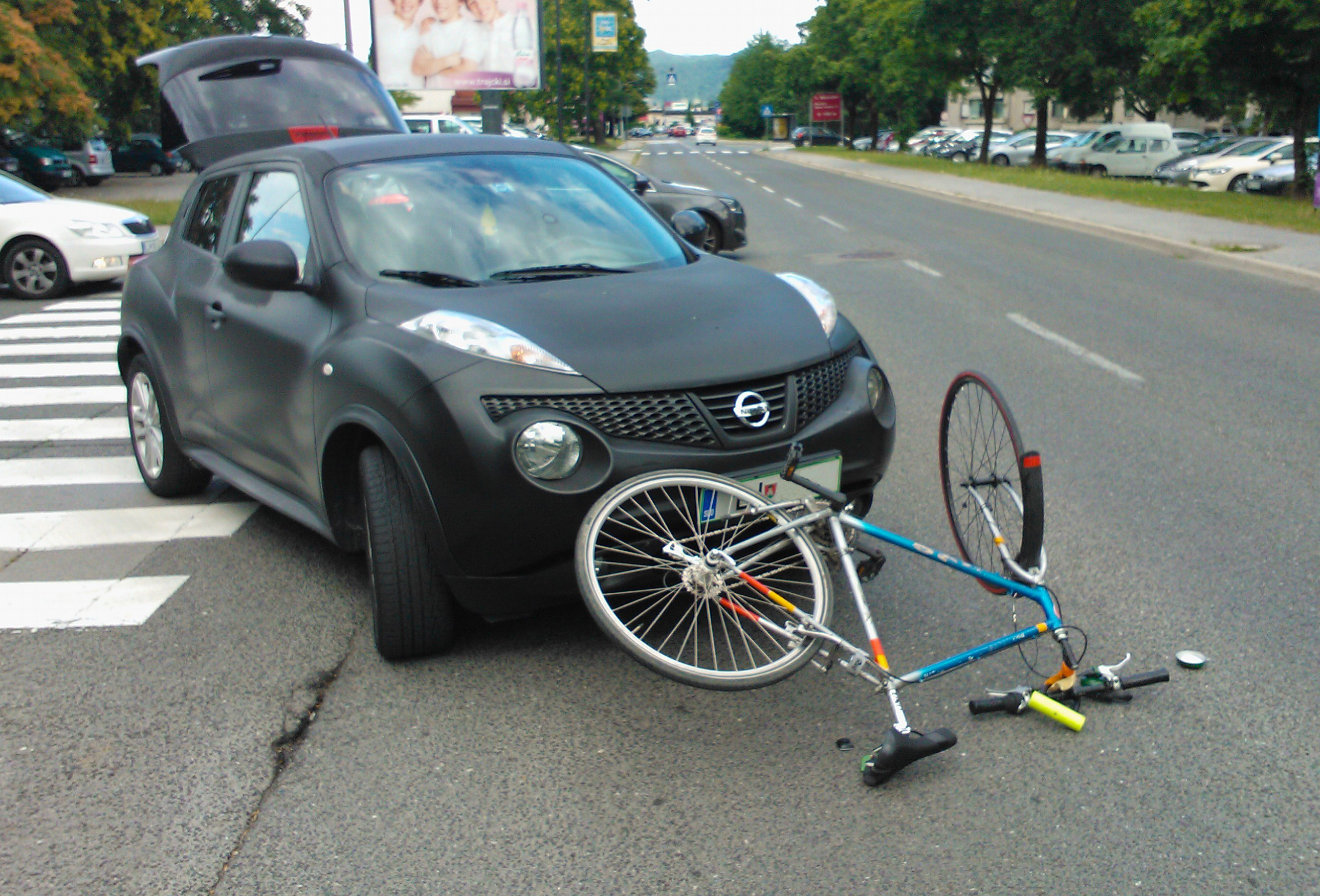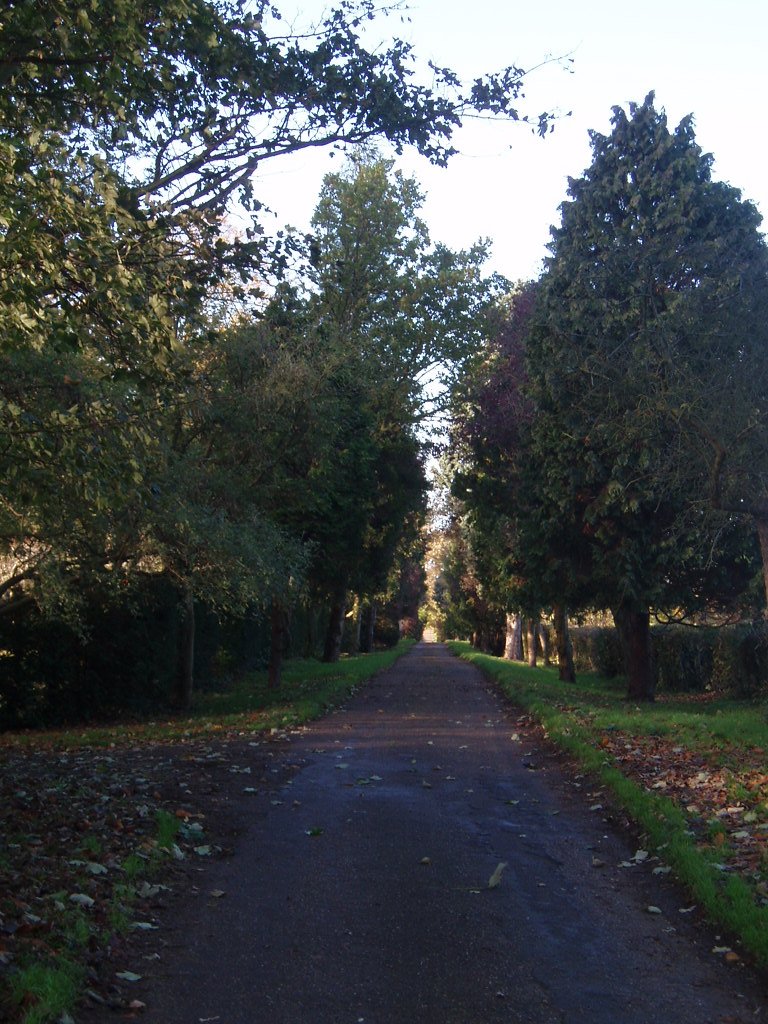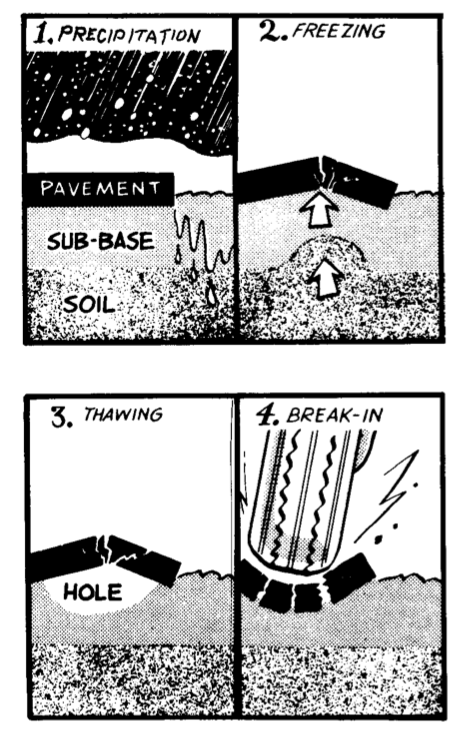 |
Bike Safety
Bicycle safety is the use of road traffic safety practices to reduce risk associated with cycling. Risk can be defined as the number of incidents occurring for a given amount of cycling. Some of this subject matter is hotly debated: for example, which types of cycling environment or cycling infrastructure is safest for cyclists. The merits of obeying the traffic laws and using bicycle lighting at night are less controversial. Wearing a bicycle helmet may reduce the chance of head injury in the event of a crash. Most bicycling fatalities occur as a result of collision with a motor vehicle. Studies in multiple countries have found that drivers are at fault in the majority of these crashes. Crashes The first recorded bicycle crash occurred in 1842, reportedly between Kirkpatrick McMillan, an early rider of the velocipede, and a young girl in Glasgow. The report, however, is vague and the identification disputed. The overall risk of death from a cycling accident in developed co ... [...More Info...] [...Related Items...] OR: [Wikipedia] [Google] [Baidu] |
 |
Motorcycle Safety
Motorcycle safety is the study of the risks and dangers of motorcycling, and the approaches to mitigate that risk, focusing on motorcycle design, road design and traffic rules, rider training, and the cultural attitudes of motorcyclists and other road users. Riding motorcycles on public roads carries several times the risk of riding in cars, which themselves are more risky than public conveyances like buses and trains. The human factors of motorcycle crashes are roughly equal between rider behavior and the actions of drivers sharing the roads. Technological changes, especially in the latter half of the 20th century, have made significant improvements in motorcycle safety. Serious research into motorcycle safety began in the US with the Hurt Report in 1981, followed by major studies in Europe and others. The main result of this research has been a greater emphasis on rider training and stricter licensing requirements. The US military recognized the need for their own focused motorc ... [...More Info...] [...Related Items...] OR: [Wikipedia] [Google] [Baidu] |
|
Herbert Alker Tripp
Sir Herbert Alker Tripp CBE (23 August 1883 – 12 December 1954), usually known as Alker Tripp or H. Alker Tripp, was a senior English police official who served as an Assistant Commissioner of the London Metropolitan Police from 1932 to 1947. Early life and career Tripp was born in London, the son of George Henry Tripp, a civil servant who later became Receiver for the Metropolitan Police District. Tripp's ambition was to become an artist, but family disapproval led to him joining the civil staff at Scotland Yard as a clerk in the Commissioner's Office on 22 December 1902. He held a number of posts before being appointed chairman of the Police Recruiting Board in 1920. In this post he conceived of the idea of a police college, which was later established by Lord Trenchard. By 1928, Tripp was assistant secretary in the Metropolitan Police Office. Assistant Commissioner On 15 January 1932, Tripp was appointed Assistant Commissioner "B", in charge of traffic. He was the ... [...More Info...] [...Related Items...] OR: [Wikipedia] [Google] [Baidu] |
|
|
One-way Street
One-way traffic (or uni-directional traffic) is traffic that moves in a single direction. A one-way street is a street either facilitating only one-way traffic, or designed to direct vehicles to move in one direction. One-way streets typically result in higher traffic flow as drivers may avoid encountering oncoming traffic or turns through oncoming traffic. Residents may dislike one-way streets due to the circuitous route required to get to a specific destination, and the potential for higher speeds adversely affecting pedestrian safety. Some studies even challenge the original motivation for one-way streets, in that the circuitous routes negate the claimed higher speeds. Signage General signs Signs are posted showing which direction the vehicles can move in: commonly an upward arrow, or on a T junction where the main road is one-way, an arrow to the left or right. At the end of the street through which vehicles may not enter, a prohibitory traffic sign "Do Not Enter", ... [...More Info...] [...Related Items...] OR: [Wikipedia] [Google] [Baidu] |
|
 |
Windshield Wipers
A windscreen wiper, windshield wiper, wiper blade (American English), or simply wiper, is a device used to remove rain, snow, ice, washer fluid, water, or debris from a vehicle's front window. Almost all motor vehicles, including cars, trucks, buses, train locomotives, and watercraft with a cabin—and some aircraft—are equipped with one or more such wipers, which are usually a legal requirement. A wiper generally consists of a metal arm; one end pivots, and the other end has a long rubber blade attached to it. The arm is powered by a motor, often an electric motor, although pneumatic power is also used for some vehicles. The blade is swung back and forth over the glass, pushing water, other precipitation, or any other impediments to visibility from its surface. The speed is usually adjustable on vehicles made after 1969, with several continuous rates and often one or more ''intermittent'' settings. Most personal automobiles use two synchronized ''radial''-type arms, w ... [...More Info...] [...Related Items...] OR: [Wikipedia] [Google] [Baidu] |
 |
Lane Splitting
Lane splitting is riding a bicycle or motorcycle between lanes or rows of slow moving or stopped traffic moving in the same direction. It is sometimes called whitelining, or stripe-riding. This allows riders to save time, bypassing traffic congestion, and may also be safer than stopping behind stationary vehicles. Filtering or filtering forward describes moving through traffic that is stopped, such as at a red traffic light. In the developing world In population-dense and traffic-congested urban areas, particularly in the developing world, the space between larger vehicles is filled with a wide variety of different kinds of two-wheeled vehicles, as well as pedestrians, and many other human or animal powered conveyances. In places such as Bangkok, Thailand and in Indonesia, the ability of motorcycles to take advantage of the space between cars has led to the growth of a motorcycle taxi industry. In Indonesia, the motorcycle is the most common type of vehicle. Unlike typical d ... [...More Info...] [...Related Items...] OR: [Wikipedia] [Google] [Baidu] |
 |
Driveway
A driveway (also called ''drive'' in UK English) is a type of private road for local access to one or a small group of structures, and is owned and maintained by an individual or group. Driveways rarely have traffic lights, but some that bear heavy traffic, especially those leading to commercial businesses and parks, do. Driveways may be decorative in ways that public roads cannot, because of their lighter traffic and the willingness of owners to invest in their construction. Driveways are not resurfaced, snow blown or otherwise maintained by governments. They are generally designed to conform to the architecture of connected houses or other buildings. Some of the materials that can be used for driveways include concrete, decorative brick, cobblestone, block paving, asphalt, gravel, decomposed granite, and surrounded with grass or other ground-cover plants. Driveways are commonly used as paths to private garages, carports, or houses. On large estates, a driveway may be ... [...More Info...] [...Related Items...] OR: [Wikipedia] [Google] [Baidu] |
 |
Expansion Joint
An expansion joint, or movement joint, is an assembly designed to hold parts together while safely absorbing temperature-induced expansion and contraction of building materials, and vibration, or to allow movement due to ground settlement or seismic activity. They are commonly found between sections of buildings, bridges, sidewalks, railway tracks, piping systems, ships, and other structures. Building faces, concrete slabs, and pipelines expand and contract due to warming and cooling from seasonal variation, or due to other heat sources. Before expansion joint gaps were built into these structures, they would crack under the stress induced. Bridge expansion joints Bridge expansion joints are designed to allow for continuous traffic between structures while accommodating movement, shrinkage, and temperature variations on reinforced and prestressed concrete, composite, and steel structures. They stop the bridge from bending out of place in extreme conditions, and also allow enou ... [...More Info...] [...Related Items...] OR: [Wikipedia] [Google] [Baidu] |
 |
Storm Drain
A storm drain, storm sewer (United Kingdom, U.S. and Canada), surface water drain/sewer (United Kingdom), or stormwater drain ( Australia and New Zealand) is infrastructure designed to drain excess rain and ground water from impervious surfaces such as paved streets, car parks, parking lots, footpaths, sidewalks, and roofs. Storm drains vary in design from small residential dry wells to large municipal systems. Drains receive water from street gutters on most motorways, freeways and other busy roads, as well as towns in areas with heavy rainfall that leads to flooding, and coastal towns with regular storms. Even gutters from houses and buildings can connect to the storm drain. Many storm drainage systems are gravity sewers that drain untreated storm water into rivers or streams—so it is unacceptable to pour hazardous substances into the drains. Storm drains sometimes cannot manage the quantity of rain that falls in heavy rains or storms. Inundated drains can cause ba ... [...More Info...] [...Related Items...] OR: [Wikipedia] [Google] [Baidu] |
 |
Track (rail Transport)
A railway track (British English and UIC terminology) or railroad track (American English), also known as permanent way or simply track, is the structure on a railway or railroad consisting of the rails, fasteners, railroad ties (sleepers, British English) and ballast (or slab track), plus the underlying subgrade. It enables trains to move by providing a dependable surface for their wheels to roll upon. Early tracks were constructed with wooden or cast iron rails, and wooden or stone sleepers; since the 1870s, rails have almost universally been made from steel. Historical development The first railway in Britain was the Wollaton Wagonway, built in 1603 between Wollaton and Strelley in Nottinghamshire. It used wooden rails and was the first of around 50 wooden-railed tramways built over the next 164 years. These early wooden tramways typically used rails of oak or beech, attached to wooden sleepers with iron or wooden nails. Gravel or small stones were packed arou ... [...More Info...] [...Related Items...] OR: [Wikipedia] [Google] [Baidu] |
 |
Pothole
A pothole is a depression in a road surface, usually asphalt pavement, where traffic has removed broken pieces of the pavement. It is usually the result of water in the underlying soil structure and traffic passing over the affected area. Water first weakens the underlying soil; traffic then fatigues and breaks the poorly supported asphalt surface in the affected area. Continued traffic action ejects both asphalt and the underlying soil material to create a hole in the pavement. Formation According to the US Army Corps of Engineers's Cold Regions Research and Engineering Laboratory, pothole formation requires two factors to be present at the same time: water and traffic. Water weakens the soil beneath the pavement while traffic applies the loads that stress the pavement past the breaking point. Potholes form progressively from fatigue of the road surface which can lead to a precursor failure pattern known as crocodile (or alligator) cracking. Eventually, chunks of paveme ... [...More Info...] [...Related Items...] OR: [Wikipedia] [Google] [Baidu] |
 |
Dooring
Dooring is the act of opening a motor vehicle door into the path of another road user. Dooring can happen when a driver has parked or stopped to exit their vehicle, or when passengers egress from cars, taxis and rideshares into the path of a cyclist in an adjacent travel lane. The width of the door zone in which this can happen varies, depending upon the model of car one is passing. The zone can be almost zero for a vehicle with sliding or gull-wing doors or much larger for a truck. In many cities across the globe, doorings are among the most common and injurious bike-vehicle incidents. Any passing vehicle may also strike and damage a negligently opened or left open door, or injure or kill the exiting motorist or passenger. Doorings can be avoided if the driver checks their side mirror before opening the door, or performs a shoulder check. Use of the Dutch Reach (or "far hand method") for vehicle egress has been advised to prevent doorings, as it combines both measures. As bicyc ... [...More Info...] [...Related Items...] OR: [Wikipedia] [Google] [Baidu] |